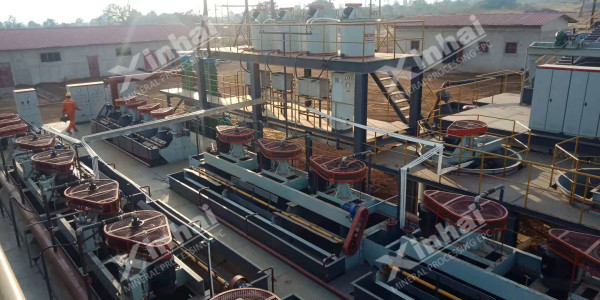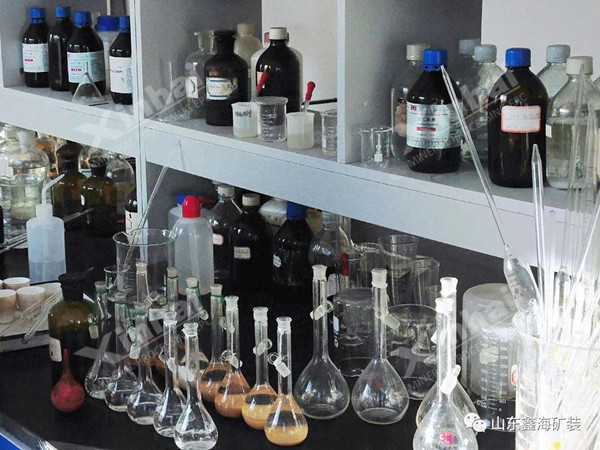There are many gold bearing copper sulfur sulfide ores, and most of the natural gold occurs in chalcopyrite and pyrite as fine particles. Preferential or mixed flotation process is often adopted. During separation, lime is added to suppress pyrite and flotation copper sulfide minerals to obtain qualified gold bearing copper and sulfur concentrates.

For gold bearing copper lead-zinc sulfide ore, generally, the mixed flotation process of copper and lead is adopted, and then the copper is separated along the mixed concentrate to obtain copper and lead concentrate. Gold is often enriched in the copper concentrate. For some copper lead mixed concentrates, due to the similar floatability of copper and lead sulfide minerals and the complex symbiotic relationship, it is difficult to separate them by flotation and cannot obtain qualified gold containing copper and lead concentrates. The mixed concentrate containing gold, copper and lead can be used to extract gold by carbonation conversion flotation method, so that copper and lead can be separated and precious metals such as gold and silver can be comprehensively recovered.
The main minerals of gold bearing copper iron ore are chalcopyrite and magnetite, while the natural gold occurs in chalcopyrite as fine particles, which can be treated by the combined flotation and magnetic separation process to obtain two products including gold bearing copper concentrate and iron concentrate.

In the flotation of gold bearing quartz vein ore containing sulfide ore, ethyl or butyl xanthate can be used as collector for mixed flotation, while for slightly oxidized ore, pentyl xanthate should be used for flotation, or some hydrocarbyl dithiophosphate can be used as auxiliary collector.
The separation of gold bearing pyrite and pyrrhotite can strongly blow air into the pulp, suppress the two minerals with lime, and then selectively activate pyrite with soda. When pyrrhotite is oxidized, a solid hydrophilic oxide film is formed on the surface, while the hydrophilic oxide film formed on the surface of pyrite is washed in soda medium, because the carbonate produced by it is easy to fall off from the surface.
The treatment of arsenic bearing gold ore can be basically divided into two methods:
(1) For ores with low arsenic content and less gold in arsenopyrite, arsenic can be removed by flotation to obtain qualified gold bearing pyrite concentrate, and then gold can be further extracted;
(2) For ores with high arsenic content and high gold content in arsenopyrite, arsenic containing gold concentrate and sulfur-containing gold concentrate are obtained by flotation, and then arsenic removal and gold extraction are carried out according to the corresponding process flow.